Does Laser Scanning by a Plantar 3D Scanner Harm the Human Body?
In recent years, plantar 3D scanners have gained significant attention as high-tech devices widely used in custom footwear, medical diagnostics, and sports health. These devices use laser or other optical technologies to capture the shape and structure of the foot, providing precise 3D models for various applications. However, many people wonder: does laser scanning harm the human body? This is a topic worth exploring.
In fact, the laser technology used in plantar 3D scanners has undergone rigorous testing and certification. Its radiation intensity is typically far below levels harmful to the human body. These devices are designed with safety as a priority to ensure that users' health is not compromised during use.
How Plantar 3D Scanners Work
Plantar 3D scanners primarily use laser or other light sources to scan the surface of the foot. By capturing the reflection and refraction of light, they measure the shape and features of the foot. This technique is non-invasive, meaning it requires no direct contact with the foot, and the entire process has no direct impact on the human body.
The application of laser technology in plantar 3D scanners enables highly accurate data collection. The laser beams emitted by the scanner are low-powered and capable of precisely scanning every detail of the foot, including arches, textures, and small protrusions. These data are then converted into 3D digital models, providing reliable support for subsequent analysis and applications.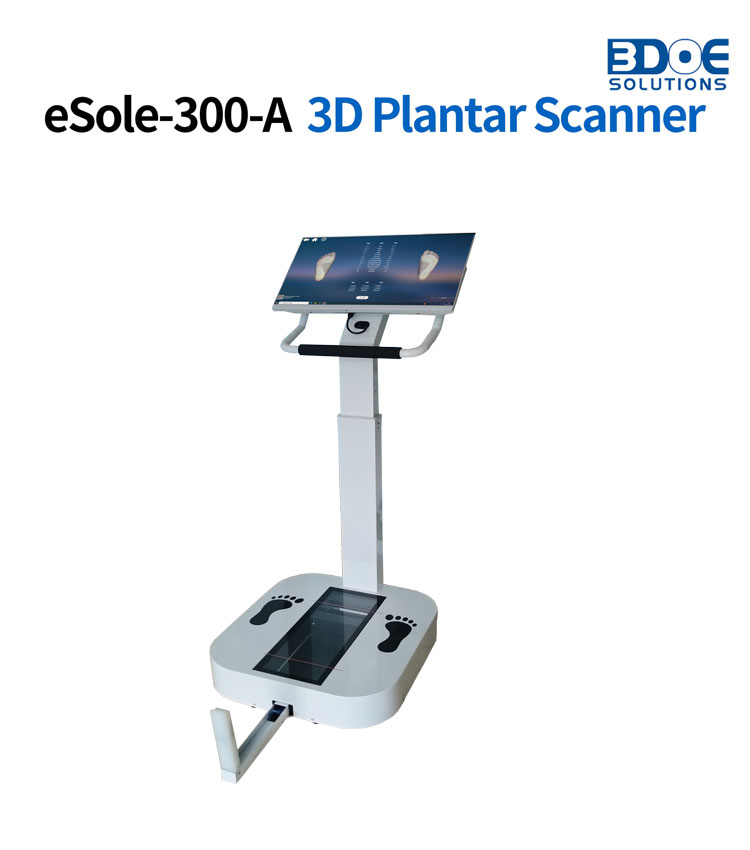
Safety Analysis of Lasers
Before discussing whether lasers are harmful to the human body, it is important to understand the basic properties of lasers. A laser is a beam of light with high intensity, monochromaticity, and strong directionality. While some industrial lasers do have high energy levels that can harm the skin or eyes, the lasers used in plantar 3D scanners are extremely low-powered and fall within safe limits.
Laser Classifications
The safety of lasers is typically classified according to international standards (Class 1 to Class 4). Most plantar 3D scanners use Class 1 or Class 2 lasers, which have very low power levels and pose no threat to the skin or eyes. Even with prolonged exposure, these lasers do not cause harm.
Impact on Skin
The lasers in plantar 3D scanners do not penetrate beyond the surface of the skin. Their effect is limited to surface reflection, ensuring no damage to skin tissue.
Impact on Eyes
Although the brightness of lasers might cause temporary discomfort to the eyes, the low energy levels of Class 1 and Class 2 lasers are insufficient to cause long-term damage. Additionally, many scanners include automatic protection mechanisms, such as reducing power when detecting direct eye contact.
Practical Applications of Plantar 3D Scanners
Custom Footwear
Plantar 3D scanners are widely used in high-end, personalized footwear production. By accurately measuring the length, width, and arches of the feet, the 3D models generated by the scanner enable designers to create shoes that perfectly fit the user.
Medical Diagnostics
In orthopedics and foot health management, plantar 3D scanners provide clear images of foot anatomy, supporting medical professionals in their diagnoses. For example, these scanners can help identify deformities or structural problems in the feet, aiding in the creation of precise treatment plans.
Sports Science
Professional athletes often use plantar 3D scanners to analyze their foot shapes, helping them select equipment tailored to their needs, enhancing performance, and reducing the risk of injury.
Common Misconceptions About Laser Scanners
Misconception 1: Lasers Emit Harmful Radiation
The laser radiation from plantar 3D scanners is far weaker than that of household appliances like microwaves or televisions. These devices do not involve ionizing radiation, so they pose no risk to human cells.
Misconception 2: Long-Term Use is Harmful
Whether used commercially or at home, plantar 3D scanners are designed to meet human safety standards. Frequent use will not negatively impact health.
Misconception 3: Children Should Avoid Laser Scanners
Plantar 3D scanners are equally safe for children. In fact, this technology is commonly used in monitoring children's foot health and has been proven to have no adverse effects on growth or development.
Advancing Technology with Safety
The rapid development of plantar 3D scanners is driven by technological innovation and strict safety standards. From research and development to practical application, every step is carefully monitored to ensure these devices are harmless to the human body. It is worth noting that these devices must pass international certifications, such as FDA (U.S. Food and Drug Administration) or CE (European Certification), to ensure their safety and reliability.
User Tips for Safe Usage
Even though plantar 3D scanners are extremely safe, users should still follow these precautions:
Choose Reputable Brands: Ensure you purchase or use certified devices to avoid poorly made products that lack safety testing.
Avoid Direct Eye Exposure: While low-power lasers are harmless, staring directly at the beam might cause temporary discomfort.
Maintain Equipment Regularly: Ensure the scanner is in good working condition to avoid issues caused by aging or damage.
The laser scanning technology in plantar 3D scanners is entirely harmless to the human body. Its low-power, non-invasive nature ensures safety during daily use while providing powerful support for foot health, custom footwear, and sports science. By choosing certified devices and following operating instructions, users can confidently enjoy the convenience and value brought by this technology.
As technology continues to advance, the applications of plantar 3D scanners will expand further, improving foot health and quality of life for more people. Whether you are a healthcare professional or an everyday user, you can rest assured that plantar 3D scanners offer a safe and innovative way to experience the benefits of cutting-edge technology.

 +86-0755-86131192
+86-0755-86131192 2024-11-25
2024-11-25 Back to list
Back to list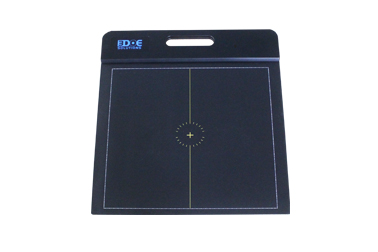
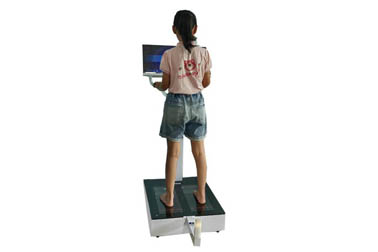
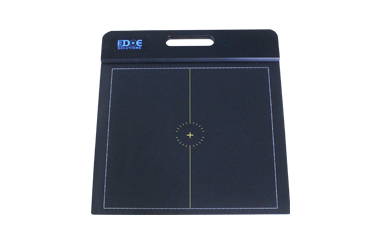
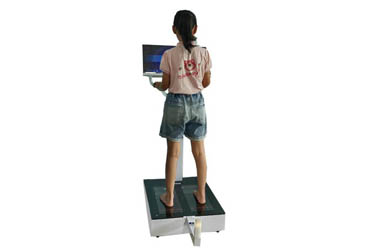





 +86-0755-86131192
+86-0755-86131192